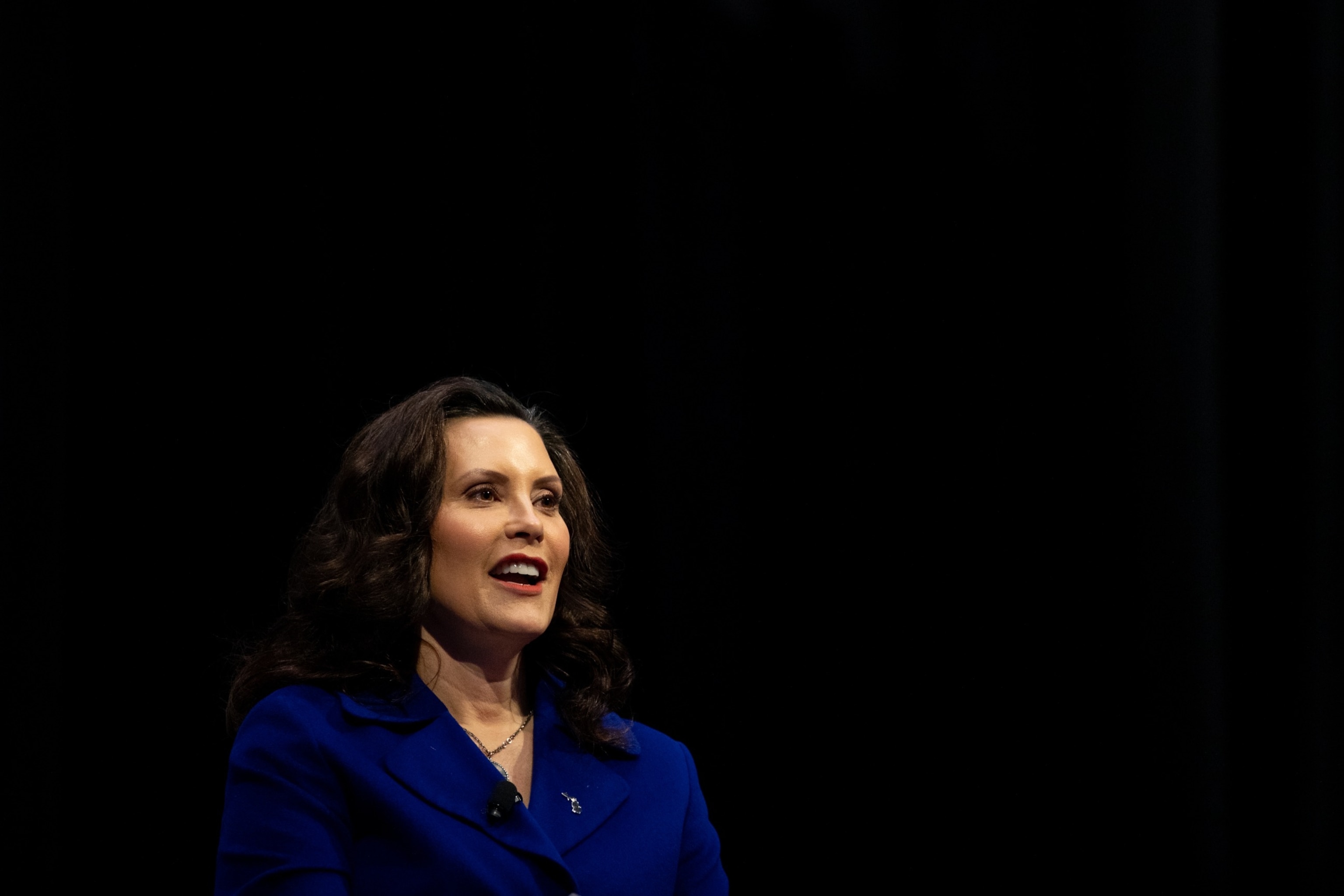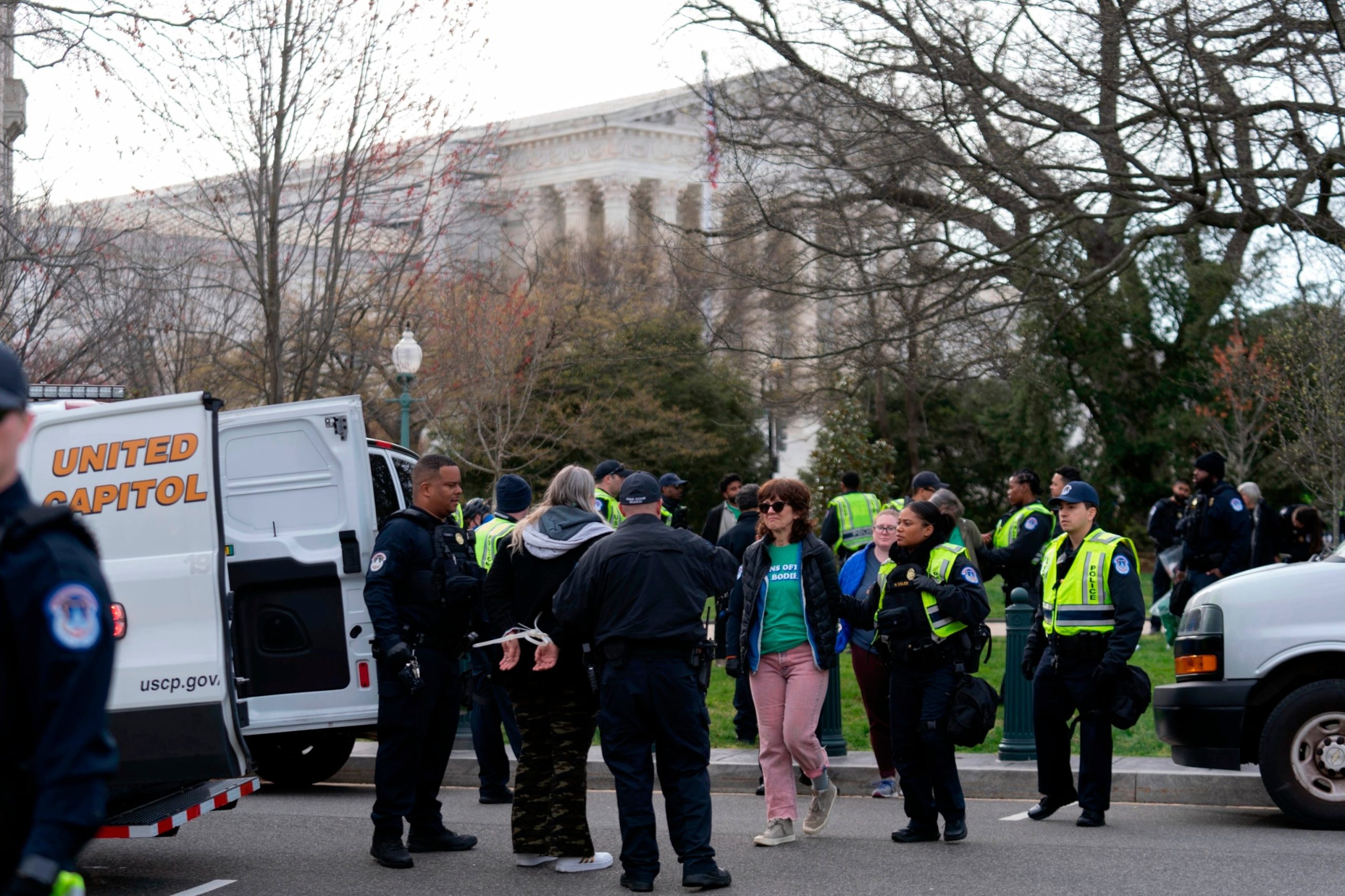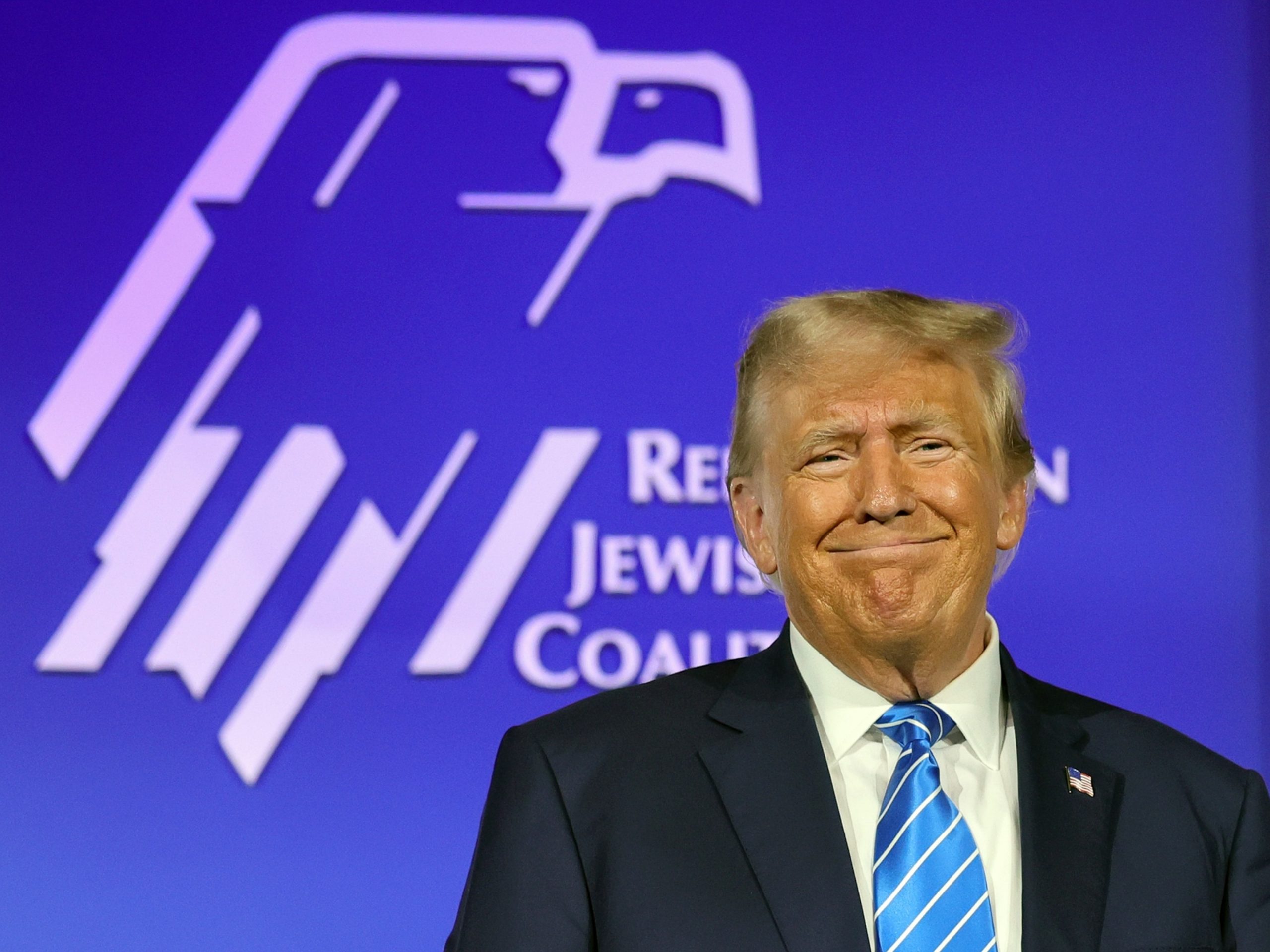Michigan’s presidential primary on Tuesday offers both the most visible test yet of electoral anger with President Joe Biden for his response to the Israel-Hamas war — and another test of voter interest in former South Carolina Gov. Nikki Haley’s waning GOP campaign.
Critics of the president who say he’s been too lenient on Israel in its bombardment of Gaza as it fights against Hamas are urging voters to cast “uncommitted” primary ballots to express their displeasure and push for the White House to be less supportive of Israel’s tactics.
Biden’s campaign has met with community leaders in Michigan, which has a notable Arab population, and the president has suggested that he wants Israel to change course while still backing them against Hamas militants in the wake of Hamas’ Oct. 7 terror attack. But protests have continued as the death toll in Gaza rises.
Meanwhile, Haley is seeking a strong showing in the state as she tries to chip away at former President Donald Trump’s gargantuan primary lead — an advantage that was underscored by his 20-point win in her home state over the weekend.
Here are three things to watch in Michigan on Tuesday night.
How big will the ‘uncommitted’ vote be?
Biden has sought to walk a fine line over the war in Gaza, criticizing Israel’s operations there as being “over the top” while declining to condition further aid to Israel on steps like a permanent cease-fire or negotiations with the Palestinians.
That strategy has earned him detractors on both sides — with Republicans saying he should be less critical of Israeli Prime Minister Benjamin Netanyahu and progressives and Arab Americans pushing for a tougher stance.
On Tuesday, that displeasure will be quantifiably measured.
The president’s victory is not particularly in question in the primary, given that he faces no major opponents and has seen large victories in the early nominating races so far. However, Michigan is an incredibly narrowly divided swing state, and any drop off could spell trouble for November.
The state also has the largest population of people of Middle Eastern or North African descent of all the battlegrounds, according to the U.S. Census Bureau. Wayne County, home to Dearborn and Detroit, has the largest percentage of any county.
Trump won Michigan by under 11,000 votes in 2016, and Biden won the state by about 154,000 votes in 2020. More than 300,000 people in Michigan cite ancestry from the Middle East and North Africa, according to the 2020 census, easily exceeding the last two margins of victory in the state.
The Biden campaign has recognized the backlash. A spokesperson said in a statement, in part, that he is “working hard to earn every vote in Michigan.”

Thousands of protesters gather during a “Cease Fire on Gaza” rally in Detroit, MI, Oct. 7, 2023.
Matthew Hatcher/Getty Images
High stakes for Whitmer
Biden isn’t the only Democrat who could be affected by the results on Tuesday.
The state’s governor, Gretchen Whitmer, is frequently cited as a possible presidential candidate in 2028 after winning her seat in 2018 and then romping to reelection in 2022, proving her ability to handily win one of the most important states in the Electoral College.
Her wins were fueled by support from moderates, suburbanites and Black voters — all constituencies Biden will need to shore up if he wants to win this November.
Whitmer is also one of eight national co-chairs of Biden’s reelection campaign, and her ability to help turn out voters for him in the state later this year could help pad her resume — and burnish her goodwill in the party — ahead of what will almost certainly be a crowded primary in 2028.
The governor has increased her appearances on the trail on Biden’s behalf, though she too has gotten flak both for statements that were considered too supportive of Israel or not supportive enough.

Michigan governor Gretchen Whitmer in Detroit, MI, Feb. 14, 2024.
Bloomberg via Getty Images
What’s going on with the Republican primary?
Republicans are holding their own primary Tuesday — and it’s confusing.
That’s because the party is also hosting a nominating convention on March 2. Sixteen delegates will be awarded based on Tuesday’s results and 39 will be awarded next month, when only elected party officials can vote.
The split was produced when the Democratic-controlled state government moved up the primary date to comply with Biden’s preferred overall primary calendar. However, the Republican Party’s rules prevent certain states from holding contests before March 1, so the Michigan GOP implemented a hybrid system to avoid being penalized by the national party.
State Republicans are also grappling with heightened uncertainty in the midst of a power struggle over the Michigan GOP.
Former Chair Kristina Karamo was ousted from her position earlier this year, with the Republican National Committee recognizing former Rep. Pete Hoekstra as the new state party leader. However, Karamo insists she’s still in charge and is suing.
Overall, however, Trump is the heavy favorite to win the primary. Haley has banked on possible crossover support, given that Democrats and independents can vote in the GOP primary, but the greater focus on Biden could draw their votes to that contest instead.
ABC News’ Libby Cathey and Fritz Farrow contributed to this report.
Michigan’s presidential primary is a crucial event in the political landscape of the United States. As one of the key battleground states, Michigan plays a significant role in determining the outcome of the presidential election. With the primary approaching, it is important for voters and political analysts to monitor certain key points that will shape the race.
One of the most important factors to watch in Michigan’s presidential primary is the demographics of the electorate. Michigan is a diverse state with a mix of urban, suburban, and rural voters. Understanding the demographics of the primary voters can provide insights into which candidates are likely to perform well in different regions of the state. For example, candidates who appeal to urban voters may have an advantage in cities like Detroit and Flint, while candidates who resonate with rural voters may do well in areas like the Upper Peninsula.
Another key point to monitor in Michigan’s presidential primary is the issue of manufacturing and trade. Michigan has a strong manufacturing base and has been heavily impacted by trade policies in recent years. Candidates’ positions on trade agreements like NAFTA and the Trans-Pacific Partnership can have a significant impact on their support in Michigan. Monitoring how candidates address these issues and how voters respond to their positions can provide valuable insights into the primary race.
Additionally, it is important to pay attention to endorsements from key political figures and organizations in Michigan. Endorsements can signal which candidates have support from influential leaders and can help to shape the narrative of the primary race. Watching which candidates receive endorsements from Michigan politicians, labor unions, and advocacy groups can provide clues about who is gaining momentum in the state.
Finally, voter turnout will be a crucial factor to monitor in Michigan’s presidential primary. High turnout can indicate enthusiasm among voters for a particular candidate or for the election in general. Low turnout, on the other hand, may suggest apathy or disengagement among voters. Monitoring voter turnout in different regions of the state can help to identify which candidates are mobilizing their supporters effectively and which are struggling to generate enthusiasm.
In conclusion, there are several key points to monitor in Michigan’s presidential primary, including demographics, manufacturing and trade issues, endorsements, and voter turnout. By paying attention to these factors, voters and political analysts can gain a better understanding of the dynamics of the primary race and make informed predictions about the outcome.



